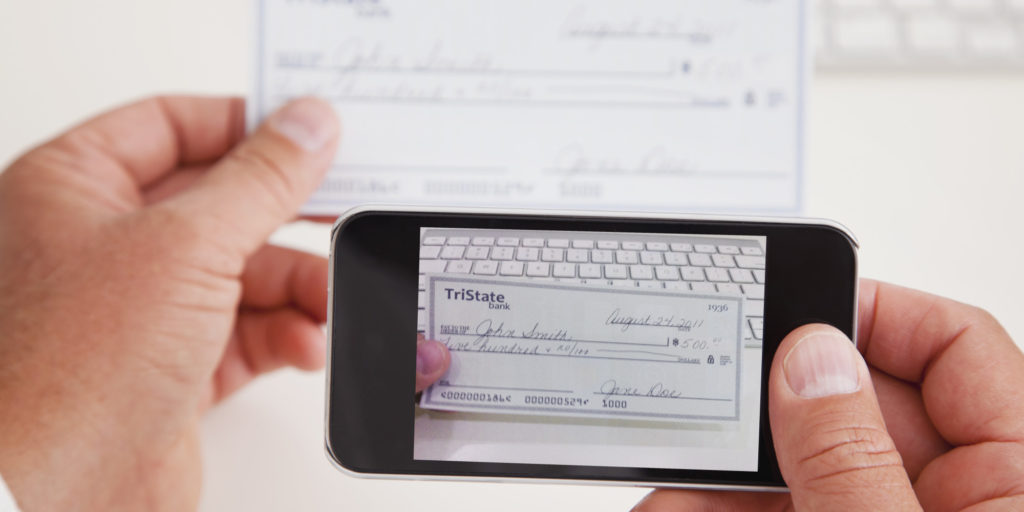Check Fraud: What It Can Teach Banks About the Future of Instant Payments

Pymnts.com features a podcast with Ingo Money CEO Drew Edwards and Karen Webster discussing the new risk of fraud related to remote mobile check deposits. “Mobile check capture fraud is now escalating so badly that some banks are thinking about shutting it off, because the losses just aren’t worth it,” Edwards states. It’s an interesting data point, because you don’t hear this kind of message across the banking industry.
Of course, certain forms of fraud require some “cooperation” by a victim looking to make some quick and easy money:
Fraudsters, like any other professionals in the digital age, take their craft seriously and are now using technology to do more with less. That means not only going where the money is, but also using innovation to find the shortest path to the vulnerabilities to access those funds.
As Edwards told Webster, checks accomplish both of those. And remote deposit technology simply turbocharges those vulnerabilities.
Here’s how.
A customer gets a call or an email from a firm that says it’s working on a mobile check capture software pilot with their bank. As part of a research study, they are asked to take a $500 (obviously bad) check, take a picture of it with their phone to deposit to their bank account and then use Zelle to immediately transfer $250 back to them. The consumer thinks he or she is getting a cool $250 for a few minutes of work. The fraudster is then $250 richer, and a day or two later, the consumer and the bank are trying to figure out who’s responsible for eating the loss.
Should the customer know it’s a scam? That’s a tough question. Fraudsters can be very convincing, Edwards noted, and very skilled at sounding official. And consumers sometimes run into hard times. Approached with the prospect of easy money, they may not use quite as much critical thinking as they otherwise would. Fraudsters count on that, he pointed out. And as long as enough consumers fall for those tricks, fraudsters will keep teeing them up.
Since transitional banks are now being targeted, Edwards notes that one strategy they may consider is the “anti instant” option — adding a time cushion to assure security. However, he further notes that as long as PayPal and their ilk offer a secure instant option, the “secure delay” is not open to banks that want to remain competitive. Also, let’s remember that PayPal actually had mobile RDC a few years ago, and decided to forgo the offering due to fraud schemes hitting them.
Meanwhile, McKinsey.com explores how banks will face the heightened risk that comes with being a more desirable target:
In the face of these changes, we believe that banks need to develop new risk management capabilities. They will need to be able to delimit their appetite for risk taking, detect both new potential risks and weaknesses in controls, and decide on the appropriate approach to risk management.
It has been proven that financial institutions which blend image analysis with transactional data for check fraud detection can identify and prevent forgeries, counterfeits, and alterations much better than just using analytics-based technology. This blocks the transaction real-time and defers funds availability to stop the loss before the money is debited or credited to the account. One successfully deployed large financial institution was able to limit the number of frauds to less than 100 out of 30M on-us checks per month… that’s better than Six Sigma!
This blog contains forward-looking statements. For more information, click here.
[…] need two (or more) kinds of verification to prove that it’s really you. Check security has also done much to inform security in instant payments, making Gen X and older consumers much more comfortable with capturing checks via smartphone, for […]